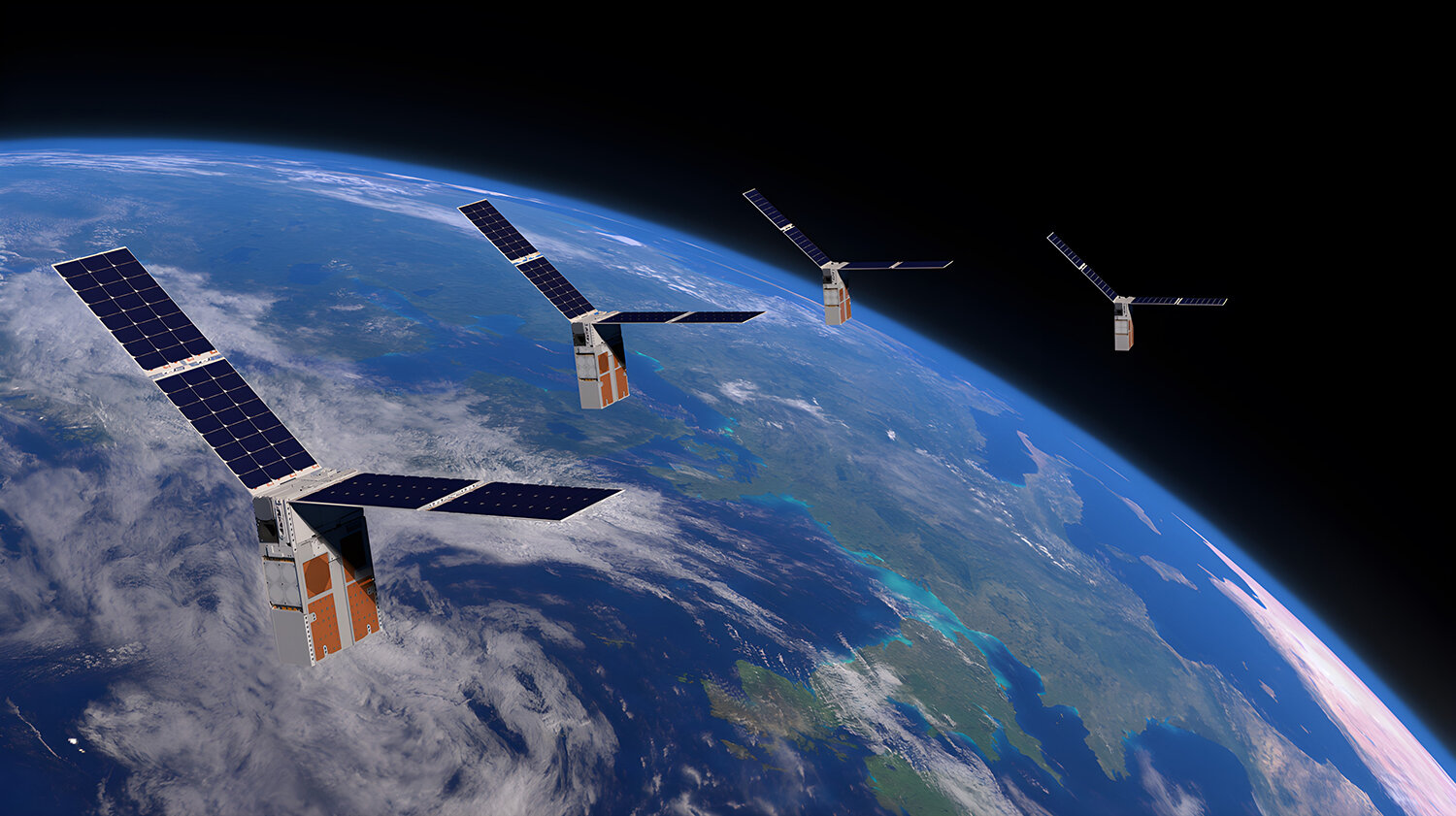Swarm Navigation Takes Flight: UK Engineers Test Satellite Autonomy in Orbit

Engineers at Stanford University's Space Rendezvous Lab have achieved a landmark breakthrough in satellite navigation, completing the first-ever in-orbit test of a system that enables a "swarm" of smaller satellites to navigate autonomously using only visual information. This pioneering technology marks a significant step towards a future where collaborative swarms of satellites replace large, expensive individual spacecraft, offering increased accuracy, agility, and autonomy in space exploration and Earth observation.
The test, dubbed "Starling Formation-Flying Optical Experiment" (StarFOX), involved four small satellites working in tandem. The team successfully navigated these miniature spacecraft using visual data gathered from onboard cameras to calculate their trajectories, or orbits. This innovative approach eliminates the reliance on traditional Global Navigation Satellite System (GNSS) technology, which necessitates frequent contact with ground-based systems.
Professor Simone D'Amico, Associate Professor of Aeronautics and Astronautics and lead author of the study, highlighted the significance of this achievement: "Starling is the first demonstration ever made of an autonomous swarm of satellites. It's a milestone paper and the culmination of 11 years of effort by my lab, which was founded with this goal of surpassing the current state of the art and practice in distributed autonomy in space."
The StarFOX system employs the Space Rendezvous Lab's "angles-only Absolute and Relative Trajectory Measurement System" (ARTMS), which integrates three novel space robotics algorithms. This innovative system allows the swarm to navigate autonomously, overcoming the limitations of traditional methods. Unlike existing GNSS systems, StarFOX does not require constant communication with Earth-based infrastructure, making it ideal for deep-space missions and environments where conventional navigation is unreliable.
The system's core technology relies on "angles-only navigation," which leverages visual information from star-trackers â readily available, inexpensive cameras found on most satellites â to calculate the relative positions of the swarm members. This approach provides a self-contained and cost-effective navigation solution, particularly valuable for the increasing number of small, low-cost spacecraft being deployed.
D'Amico emphasised the potential advantages of this innovative navigation system: "At its core, angles-only navigation requires no additional hardware even when used on small and inexpensive spacecraft. And exchanging visual information between swarm members provides a new distributed optical navigation capability."
This breakthrough in swarm navigation opens up exciting possibilities for future space missions. It holds the promise of improving mission accuracy, flexibility, and robustness while also enabling new objectives previously deemed impossible or difficult to achieve with single spacecraft.
The StarFOX project represents a significant leap forward in the field of space exploration and technology. The successful demonstration of autonomous swarm navigation paves the way for a future where swarms of smaller, more agile satellites work together to explore the cosmos, enhancing our understanding of the universe and its secrets.





